Uranus, 2005.

Uranus, 2005.
Credit: NASA, ESA and M Showalter (SETI Institute)
More Posts from Allisonkitten and Others
Happy Earth Day! 🌏🌍🌎
Happy Earth Day!
It’s Earth Day, and what better way to celebrate than to show you a glimpse of our various efforts to protect and understand our home planet.

We’re able to use the vantage point of space to improve our understanding of the most complex planet we’ve seen yet…EARTH! Our Earth-observing satellites, airborne research and field campaigns are designed to observe our planet’s dynamic systems – oceans, ice sheets, forests and atmosphere – and improve our ability to understand how our planet is changing.

Here are a few of our Earth campaigns that you should know about:
KORUS-AQ (Korea U.S. - Air Quality)

Our KORUS-AQ airborne science experiment taking to the field in South Korea is part of a long-term, international project to take air quality observations from space to the next level and better inform decisions on how to protect the air we breathe. Field missions like KORUS-AQ provide opportunities to test and improve the instruments using simulators that measure above and below aircraft, while helping to infer what people breathe at the surface.
This campaign will assess air quality across urban, rural and coastal South Korea using observations from aircraft, ground sites, ships and satellites to test air quality models and remote sensing methods.
NAAMES (North Atlantic Aerosols and Marine Ecosystems Study)

Our NAAMES study takes to the sea and air in order to study how the world’s largest plankton bloom gives rise to small organic particles that influence clouds and climate. This study will collect data during ship and aircraft measurement campaigns and combine the data with continuous satellite and ocean sensor readings.
IceBridge

Operation IceBridge is our survey of polar ice, and is kicking off its eighth spring Arctic campaign. This mission has gathered large volumes of data on changes in the elevation of the ice sheet and its internal structure. It’s readings of the thickness of sea ice and its snow cover have helped scientists improve forecasts for the summer melt season and have enhanced the understanding of variations in ice thickness distribution from year to year.
GPM (Global Precipitation Measurement)

GPM is an international satellite mission to provide next-generation observations of rain and snow worldwide every three hours. We launched this mission with the Japanese Aerospace Exploration Agency (JAXA) in 2014. GPM contributes to advancing our understanding of Earth’s water and energy cycles, improves forecasting of extreme events and extends current capabilities of using satellite precipitation information to directly benefit society.
Find information about all of our Earth-studying missions HERE.
Celebrate Earth Day with Us!

Want to participate in Earth Day with us? Share on social media what you’re doing to celebrate and improve our home planet. We’ll be sharing aspects of a “day in the life” of our Earth science research. Use the tag #24Seven to join the conversation. Details: http://www.nasa.gov/press-release/nasa-announces-earth-day-24seven-social-media-event
Make sure to follow us on Tumblr for your regular dose of space: http://nasa.tumblr.com
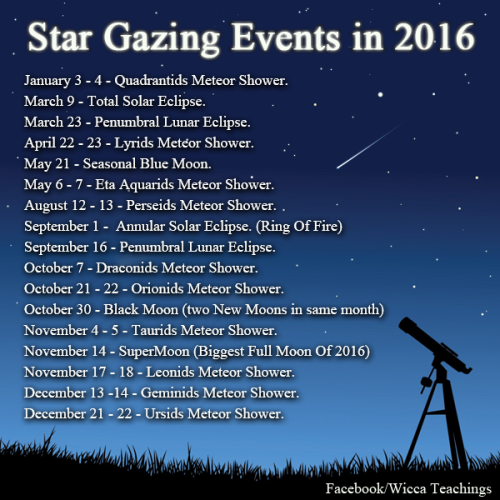
http://kurband.bandcamp.com/releases
My friends have a band and you should check them out \m/
It’s Pi Day!
Pi Day, the informal holiday beloved by math enthusiasts — and even by the math averse — is here! March 14 marks the yearly celebration of the mathematical constant π (pi).

What is Pi?
Pi (3.1415….) is the ratio of circumference to diameter in a circle. Any time you want to find out the distance around a circle when you have the distance across it, you will need this formula.
Despite its frequent appearance in math and science, you can’t write pi as a simple fraction or calculate it by dividing two integers. For this reason, pi is said to be “irrational.” Pi’s digits extend infinitely and without any pattern, adding to its intrigue and mystery.
How Do We Use Pi at NASA?

Measurements: Pi can be used to make measurements – like perimeter, area and volume.
For example, sometimes we use lasers to explode ice samples and study their composition. In this scenario, we can uses pi to calculate the width of the laser beam, which in turn can be used to calculate the amount of energy, or fluence, that hits the ice sample. A larger fluence equals a bigger explosion in the ice.

Commanding Rovers: Pi is also used every day commanding rovers on the Red Planet. Everything from taking images, turning the wheels, driving around, operating the robotic arm and even talking to Earth!
Make sure to follow us on Tumblr for your regular dose of space: http://nasa.tumblr.com
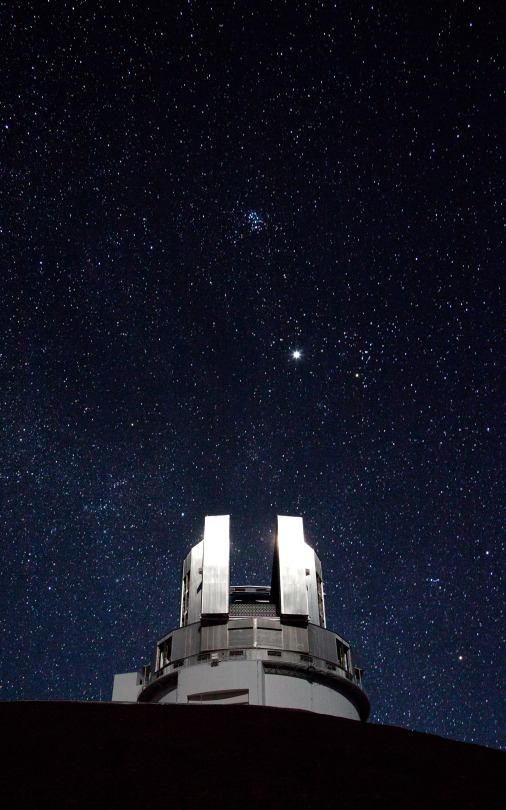
The Pleiades and Jupiter over the Subaru telescope, an 8.2-meter optical-infrared telescope situated at the summit of Mauna Kea, Hawaii and operated by the National Astronomical Observatory of Japan.
Subaru is the name of the Pleiades open star cluster in Japanese!
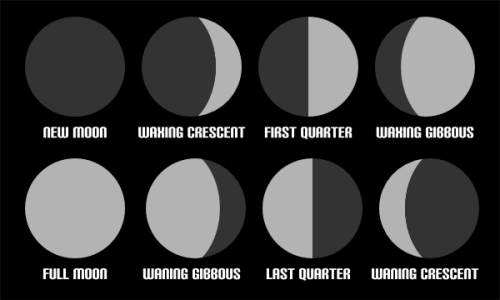
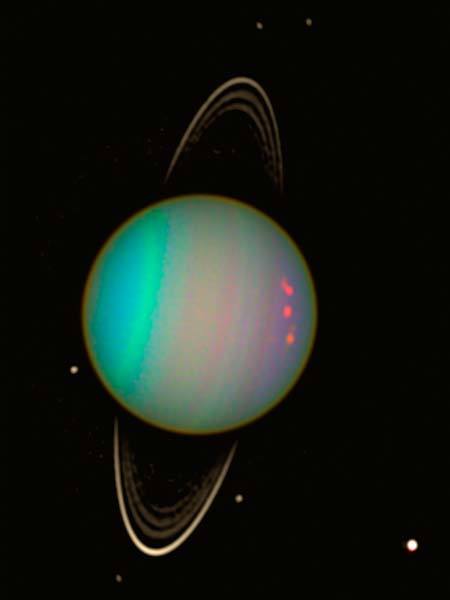
Rings and Moons Circling Uranus, taken by Hubble space telescope.
js
Truly we are living in the future
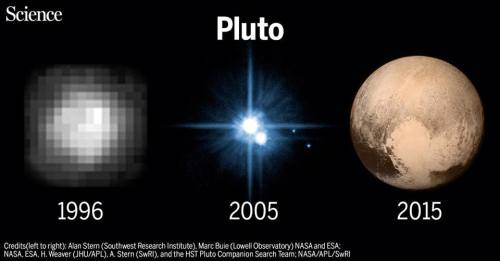
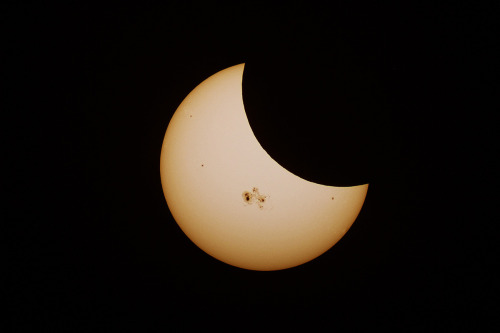
Partial Solar Eclipse in White Light.
Credit: Unknown
For all your stargazing pleasures
What’s Up for April 2016?
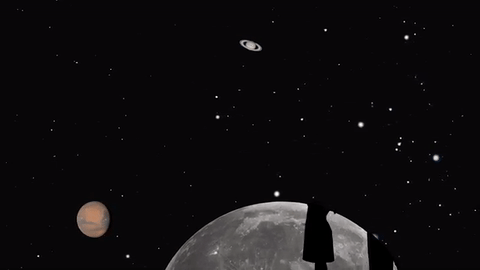
Jupiter, Mars, the Lyrid meteor shower and 2016’s best views of Mercury are all visible in the sky this month.
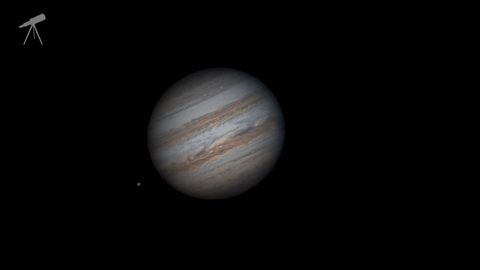
Jupiter, where our Juno mission will begin orbiting on July 4, continues to shine almost as brightly this month as last. And eagle-eyed telescope viewers will see a transit, a shadow transit, an occultation and an eclipse of Jupiter’s moons- all in one night: April 6-7.
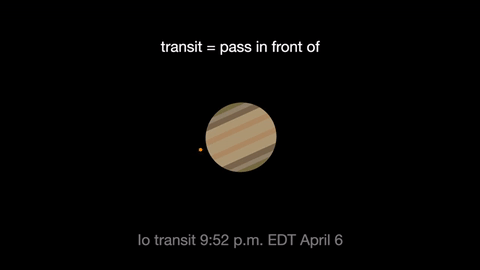
Io transits first, crossing the planet beginning at 9:52 p.m. EDT. It’s shadow can be seen less than an hour later.
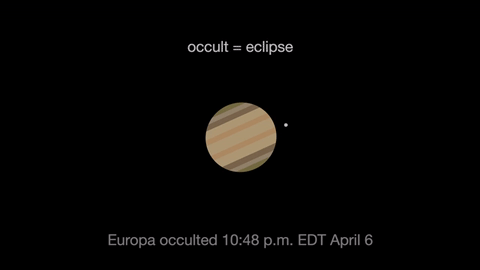
Next Jupiter occults, or eclipses, Europa as Europa slips behind the giant planet at 10:48 p.m. EDT. At 3 a.m. Europa reappears from its eclipse, dramatically leaving the shadow of Jupiter.
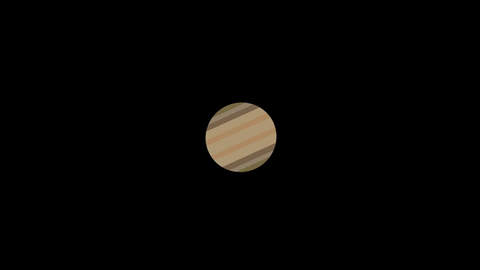
Ganymede transits the planet beginning at 1:01 EDT April 7.
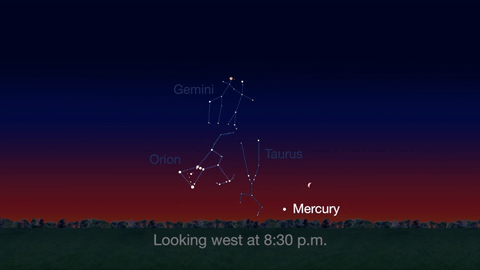
Check out the other planets in April, too! Mercury is always a challenging object to view, but this month you can spot it after sunset about 10 degrees above the horizon. Through a telescope you can see its phase. It will appear like a tiny crescent moon, with about 1/3 of its disk illuminated.
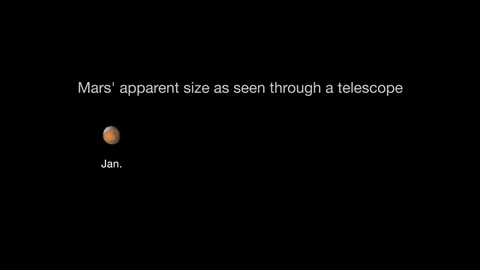
Mars is finally visible before midnight this month. It rises in the southeast at about 10 p.m. by the end of April. The best observing of Mars will be when it is highest in the sky. This means a few hours before dawn. Its brightness and apparent size increase dramatically this month. By month’s end, Mars appears nearly twice as bright as at the beginning of the month.
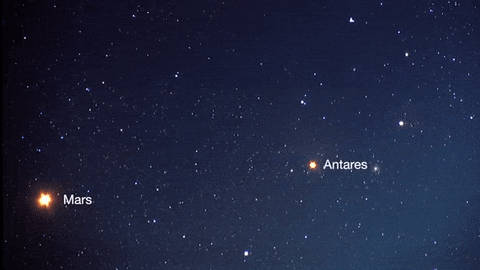
About mid-month you’ll see Mars near its rival in the sky: the similar-colored red supergiant star Antares. The name “Antares” means “equal to or rival of Mars”.
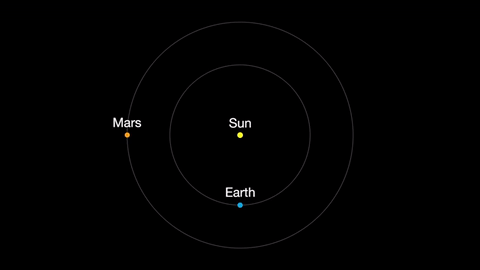
Earth moves almost twice as fast as Mars does, so it often passes Mars in their race around the sun. This causes “retrograde motion”: an illusion we see from our viewpoint on Earth.
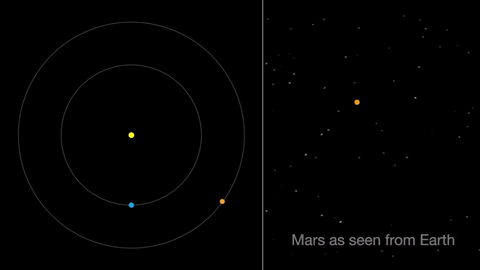
Retrograde motion happens as Earth catches up to Mars, causing Mars to appear slow to slow its eastward motion against the stars. After a few days, when Earth has overtaken Mars, the Red Planet seems to move westward. Eventually, Earth moves far enough around its orbit that Mars appears to be moving eastward again.
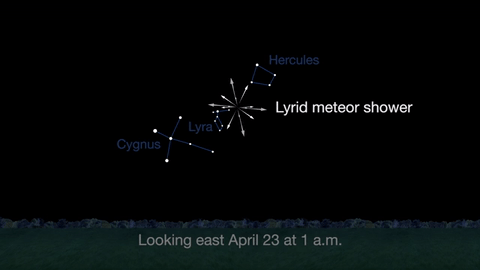
April features one meteor shower, the Lyrids. This year the Lyrids are marred by the full moon. The best time to view will be just before dawn on April 23, when the constellation Lyra is overhead and the moon will be near to setting.
With all of these great things to spot in the sky this month, be sure to get outside and look up!
Make sure to follow us on Tumblr for your regular dose of space: http://nasa.tumblr.com
-
 gakittajp liked this · 6 years ago
gakittajp liked this · 6 years ago -
 albeex liked this · 6 years ago
albeex liked this · 6 years ago -
 dreamdictator reblogged this · 7 years ago
dreamdictator reblogged this · 7 years ago -
 jangleprojet liked this · 7 years ago
jangleprojet liked this · 7 years ago -
 deathbyfilth reblogged this · 7 years ago
deathbyfilth reblogged this · 7 years ago -
 deathbyfilth liked this · 7 years ago
deathbyfilth liked this · 7 years ago -
 megapurplebouquetninjafan liked this · 8 years ago
megapurplebouquetninjafan liked this · 8 years ago -
 jerrycar376 liked this · 8 years ago
jerrycar376 liked this · 8 years ago -
 wolfdancer liked this · 8 years ago
wolfdancer liked this · 8 years ago -
 jerzee55z reblogged this · 8 years ago
jerzee55z reblogged this · 8 years ago -
 jerzee55z liked this · 8 years ago
jerzee55z liked this · 8 years ago -
 wolfdancer reblogged this · 8 years ago
wolfdancer reblogged this · 8 years ago -
 wildlovelyhearts liked this · 8 years ago
wildlovelyhearts liked this · 8 years ago -
 cactbi reblogged this · 9 years ago
cactbi reblogged this · 9 years ago -
 arrested-in-photos reblogged this · 9 years ago
arrested-in-photos reblogged this · 9 years ago -
 cognitivelyadvancedzygote liked this · 9 years ago
cognitivelyadvancedzygote liked this · 9 years ago -
 gabbyzvolt25 reblogged this · 9 years ago
gabbyzvolt25 reblogged this · 9 years ago -
 gabbyzvolt25 liked this · 9 years ago
gabbyzvolt25 liked this · 9 years ago -
 allisonkitten reblogged this · 9 years ago
allisonkitten reblogged this · 9 years ago -
 etceterodactyl reblogged this · 9 years ago
etceterodactyl reblogged this · 9 years ago -
 what-is-done-cannot-be-undone liked this · 9 years ago
what-is-done-cannot-be-undone liked this · 9 years ago -
 korekhthonia reblogged this · 9 years ago
korekhthonia reblogged this · 9 years ago -
 korekhthonia liked this · 9 years ago
korekhthonia liked this · 9 years ago -
 the-outer-planets-blog reblogged this · 9 years ago
the-outer-planets-blog reblogged this · 9 years ago -
 the-outer-planets-blog liked this · 9 years ago
the-outer-planets-blog liked this · 9 years ago -
 kale50 liked this · 9 years ago
kale50 liked this · 9 years ago -
 solarsystemandbeyond-blog reblogged this · 9 years ago
solarsystemandbeyond-blog reblogged this · 9 years ago -
 geldofcanpissoff liked this · 9 years ago
geldofcanpissoff liked this · 9 years ago -
 mygeneposts reblogged this · 9 years ago
mygeneposts reblogged this · 9 years ago -
 mygeneposts reblogged this · 9 years ago
mygeneposts reblogged this · 9 years ago -
 mygeneposts liked this · 9 years ago
mygeneposts liked this · 9 years ago -
 cottonvitellius-axv reblogged this · 9 years ago
cottonvitellius-axv reblogged this · 9 years ago -
 gator722 liked this · 9 years ago
gator722 liked this · 9 years ago -
 thoughtfullycoolbird liked this · 9 years ago
thoughtfullycoolbird liked this · 9 years ago -
 ekollix liked this · 9 years ago
ekollix liked this · 9 years ago -
 mydream2meet-blog reblogged this · 9 years ago
mydream2meet-blog reblogged this · 9 years ago -
 starlaxs reblogged this · 9 years ago
starlaxs reblogged this · 9 years ago -
 infiniteparameters reblogged this · 9 years ago
infiniteparameters reblogged this · 9 years ago -
 just-that-kid-who liked this · 9 years ago
just-that-kid-who liked this · 9 years ago -
 calls-me-moonlightxx reblogged this · 9 years ago
calls-me-moonlightxx reblogged this · 9 years ago -
 loyaltyxo liked this · 9 years ago
loyaltyxo liked this · 9 years ago -
 ivangosk8 liked this · 9 years ago
ivangosk8 liked this · 9 years ago
Just a socially awkward college student with an interest in the celestial bodies in our universe.
279 posts